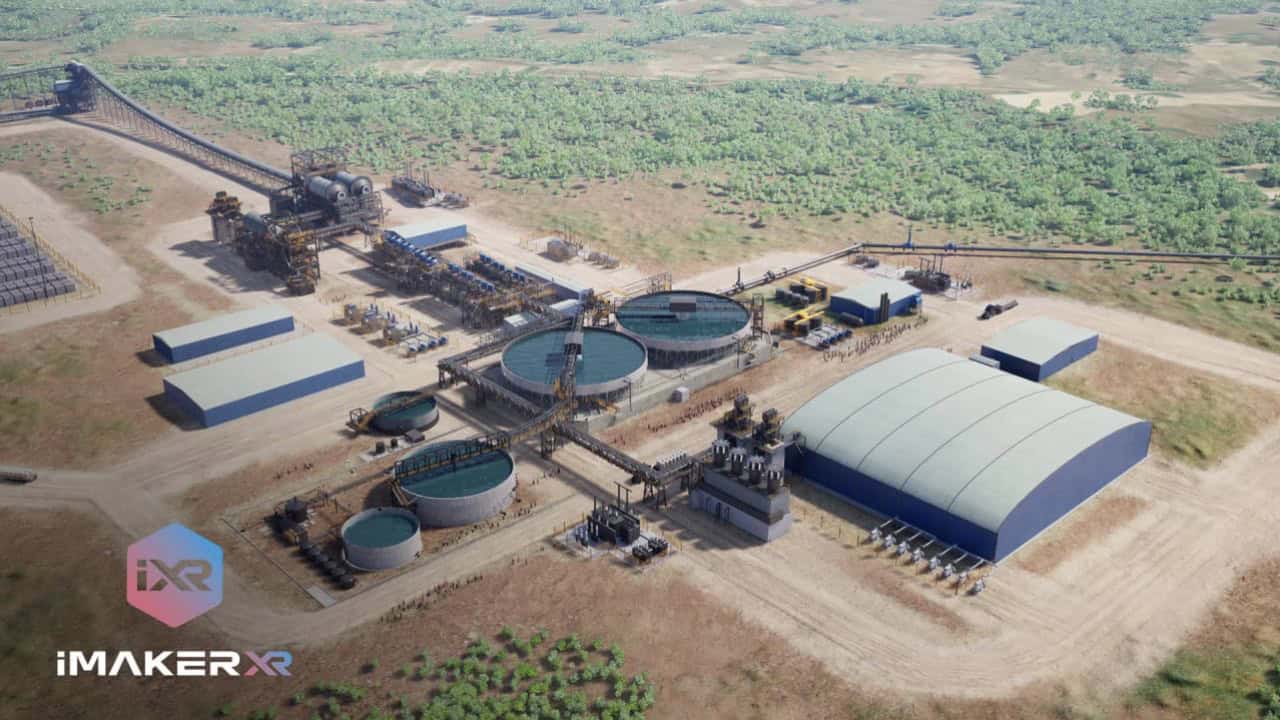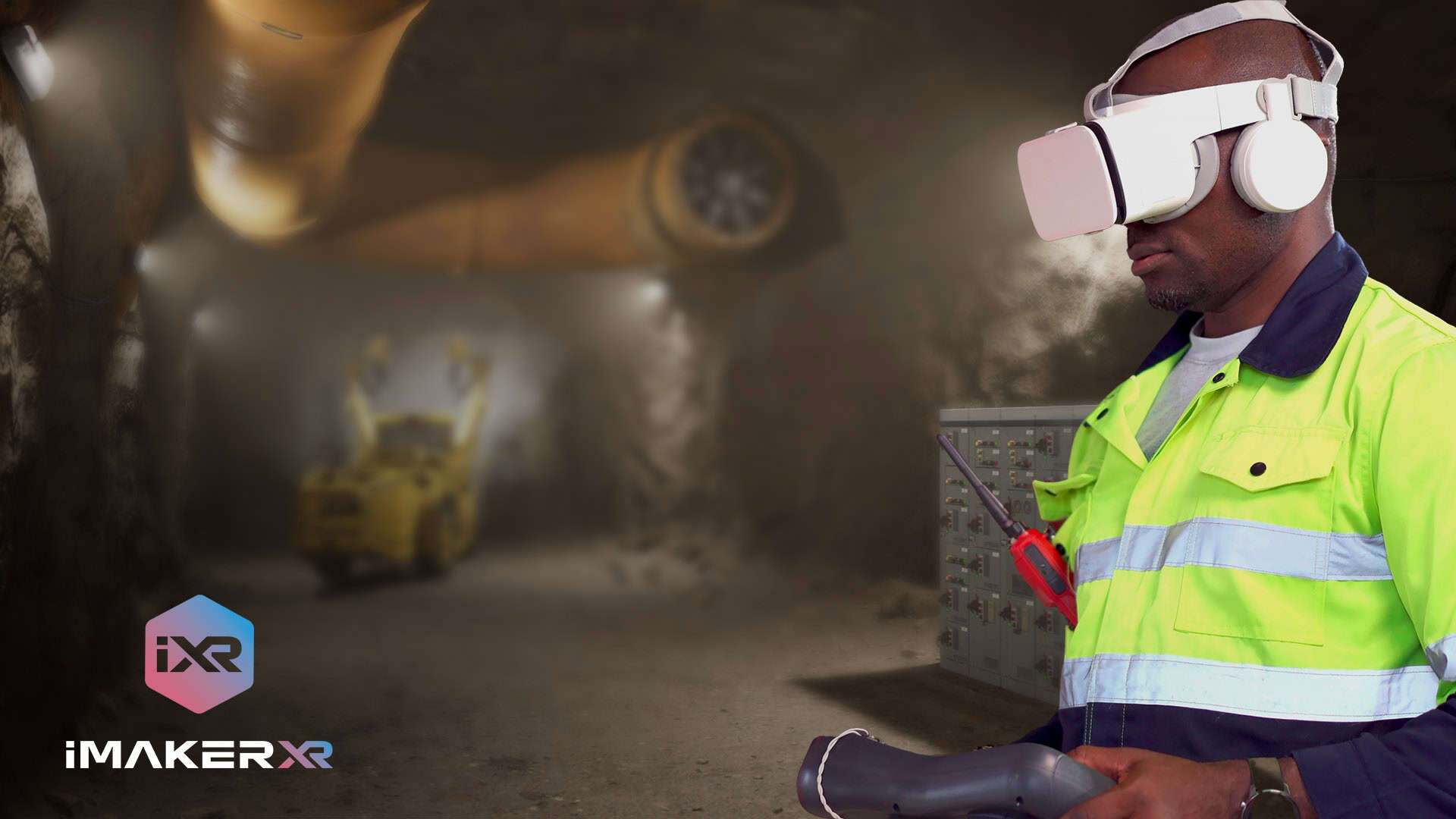

In today’s visually driven world, it’s essential to effectively communicate complex information in an engaging way. Technical 3D animation is leading this movement, transforming how industries showcase their processes and products. This form of animation captivates audiences and serves as a valuable tool for improving understanding across various sectors.
3D animation differs significantly from 2D animation in that it provides depth and realism that can simplify complex concepts. This technique is crucial in various industries such as mining, oil, manufacturing, and architectural visualization, allowing stakeholders to understand intricate details in ways that traditional methods cannot achieve. It involves several key processes, including modeling, texturing, and rigging, each playing a crucial role in creating the final animation.
This article explores the diverse world of technical 3D animation, delving into its processes, applications, and the significant advantages it offers to various industries. We’ll uncover how this innovative medium transforms how businesses engage with their audiences, improve communication, and enhance branding.
Technical 3D animation is a specialized field within the 3D animation industry. It primarily focuses on demonstrating and visualizing complex processes, systems, and products. This type of animation goes beyond character animation to produce high-quality visuals that help to improve understanding of technical operations.
Here’s how technical 3D animation stands out:
| Feature | Benefit |
|---|---|
| High-Quality Technical Animation | Ensures clear and detailed visualization of intricate concepts |
| Product Animations | Showcases the functionality and mechanics of a product |
| Industrial Animations | Illustrates industrial procedures and machinery operations |
| 3D Models & Renderings | Provides a realistic representation of objects for better comprehension |
Animation studios that specialize in technical animation create crucial videos for sectors such as engineering, manufacturing, and science. 3D models and renderings help these studios craft animations that explain even the most complex processes.
Key elements of technical 3D animation include:
Utilizing technical product animation bridges the gap between conceptual design and understanding, enabling stakeholders to easily grasp sophisticated systems.
3D animation and 2D animation are two forms of art used to create moving images, but they differ significantly in several aspects. To start, 2D animation involves creating characters and backgrounds in a two-dimensional space, focusing on height and width. In contrast, 3D animation adds an extra dimension—depth—making characters and settings appear more lifelike and volumetric.
The creation process varies greatly between the two. 2D animation traditionally relied on hand-drawn frames, and though modern methods use computer software, it still involves creating images on a flat plane. On the other hand, 3D animation depends on creating digital models that are rigged with a virtual skeleton and can be manipulated to move in three-dimensional space.
In terms of the visual outcome, 2D animation has a classic, flat visual style, while 3D animation offers realistic textures, lighting, and shadows, resulting in a more immersive experience.
Here’s a summarized comparison:
| Aspect | 2D Animation | 3D Animation |
|---|---|---|
| Dimensions | Two (Height and Width) | Three (Including Depth) |
| Creation Process | Hand-drawn or Computer Aided | Digital Modeling and Rigging |
| Visual Style | Flat and Stylized | Realistic and Volumetric |
| Movement | Plane Oriented | Full Range of Motion |
Both styles have unique applications in the animation industry; however, 3D animations offer enhanced understanding, particularly where precise representations of physical products and complex processes are required, such as in technical product animations, product animations, and industrial animations.
The world of 3D animation is expansive and intricate, involving meticulous processes that bring still images to life. In high-quality technical animation, these processes are crucial for translating complex concepts into visually stunning and easily understandable media. Various industries leverage such high-quality 3D animations to communicate, educate, and market more effectively. To fully grasp the detailed work involved in creating technical animation videos, let’s delve into the key processes of making a 3D animation.
The 3D animation pipeline starts with modeling, creating the raw shape of objects or characters using specialized software. The level of detail can vary based on the project’s nature, requiring precision for industrial animations and focusing on aesthetics for character animations.
During layout, animators determine camera angles, lighting basics, and the movement of characters or objects within the space. It effectively bridges the gap between the conceptual artwork and the actual animation, ensuring the final product aligns with the creative vision.
Adding realism to 3D models requires texturing and shading. Texturing applies detailed images to give color, patterns, and surface qualities, while shading dictates light interaction, luminosity, transparency, and reflectivity. High-quality renderings simulate realistic materials for authenticity in product animations.
Rigging involves creating a digital skeleton within a model to enable realistic and fluid movements. It requires a strong understanding of anatomy, mechanics, and movement. Effective rigging is crucial for complex processes and precise movements.
Once the models are rigged, animators use keyframe animation and motion capture, among other techniques, to bring the rigged objects to life. Animations range from character to technical product animation, delivering captivating and informative 3D animations.
3D animation has transformed the way different industries convey concepts, simulate operations, and visualize complex processes. By utilizing high-quality technical animation, businesses in various sectors have been able to improve understanding internally and for their clients. Animation studios that specialize in industrial animations create technical animation videos that help companies effectively demonstrate and pitch their products, plan projects more efficiently, and provide engaging training and safety instructions. Below is an overview of specific industries where 3D animations have had a significant impact.
In the mining industry, 3D animations illustrate mining operations and equipment functionality, aiding in planning and safety training, and improving stakeholder understanding.
The oil and gas industry utilizes 3D animation to visualize drilling, exploration, refining, and transportation processes. Technical animation videos demonstrate machinery workings and complex pipeline layouts in a detailed way. High-quality animations allow companies to simulate oilfield operations, showcase drilling equipment, and create virtual facility tours for better planning and training.
3D technical animations are invaluable in the manufacturing industry. They visualize product assembly lines, machinery function, and product lifecycle. These animations showcase manufacturing technique advantages, aid in quality control, and help with machinery maintenance training. Visual aids also explain manufacturing robot operations and convey complex information in an engaging manner.
3D animations are pivotal in the field of architecture and visualization, transforming 2D blueprints and sketches into fully realized 3D renderings and animated walkthroughs. Clients and investors gain a realistic understanding of the spatial relationships and aesthetics of a future project before construction begins. These precise representations are crucial for making informed design decisions and for marketing properties. Whether it’s residential, commercial, or landscape projects, 3D animation has the power to bring an architect’s vision to life, facilitating an enhanced understanding of proposed designs and architectural concepts.
“Technical 3D animation is a powerful tool for improving understanding and communication across different industries. It uses high-quality animations to explain intricate designs, complex processes, and technical details that can be hard to comprehend otherwise.”
Benefits of Technical 3D Animation:
Industries such as manufacturing, engineering, and architecture often use technical animation videos to demonstrate how a product functions or to explain industrial processes. Animation studios specialize in creating customized animations to meet the specific needs of clients, developing high-quality technical animations with accurate 3D models and renderings.
Types of Technical Animations:
These animations are commonly used for training, demonstrations, marketing, and sales. Businesses investing in 3D animations from a proficient animation studio tend to achieve a higher level of communication and understanding, thus bridging the gap between complex ideas and diverse audiences.
Technical 3D animation has revolutionized the way industries communicate complex processes, visualize prototypes, and explain intricate systems. By leveraging high-quality animations, companies achieve enhanced understanding among stakeholders, whether for training, marketing, or instructional purposes.
The 3D animation industry provides organizations with technical animation videos that bring projects to life. These animations range from product animations, ideal for showcasing the features and functions of a new product, to industrial animations that can illustrate a manufacturing process or a technical procedure.
Technical animation typically involves the generation of accurate 3D models and renderings, moving away from conventional static images to dynamic, engaging presentations. These high-quality technical animations assist in simplifying and effectively communicating what might otherwise be considered overly complex processes.
Here are key takeaways regarding the value of technical 3D animation across industries:
In conclusion, technical 3D animations bridge the gap between complexity and comprehension, serving a pivotal role in various sectors beyond traditional character animation.

